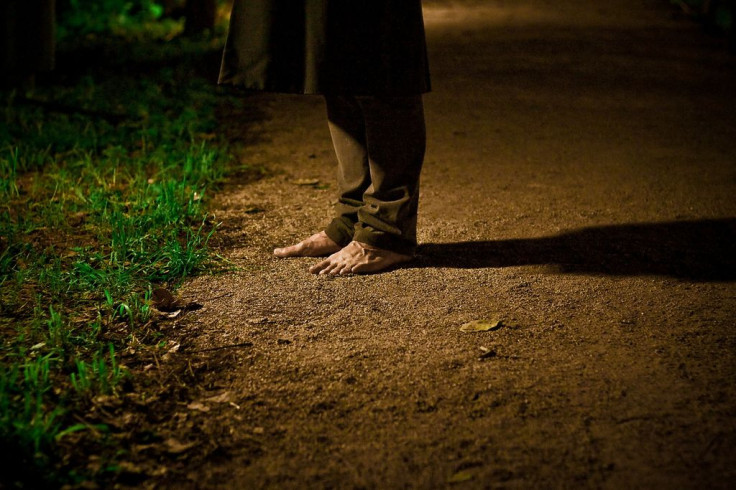Sleepwalking Teen Found 9 Miles From Home: What You Need To Know About Sleepwalking

Taylor Gammel went to sleep at her parent’s house on Monday night, located in Jefferson County in Denver, Colo. The next morning, she was found 9 miles from her home after having sleepwalked there, wearing only socks and having no recollection of what happened.
The 19-year-old had had bouts of sleepwalking before, so her parents knew to call the police when they noticed her missing around 6 a.m. on Tuesday. The police released a report about the missing girl, hoping someone would see her and forward her location. They also used a bloodhound to cover her scent.
“She had walked away from the house before and it was very concerning,” Jefferson County Sheriff spokesman Mark Techmeyer told CBS Denver.
Around 8:15 a.m. on Tuesday, someone who had seen the news report about her disappearance called the police and noted that Taylor may have been on a bus leaving from the 58th and Ward stop. The bloodhound had tracked her scent to that exact bus stop, but seemed to have lost it there. As a result, the officers believe “there’s a distinct possibility she got on that bus,” Techmeyer told CBS Denver.
Later that morning, Taylor showed up at her uncle’s house, which was a total of 9 miles away from her home. It’s likely she woke up far away from home and decided to walk to her uncle’s house, which was closest to her location. While Taylor’s family is relieved she is safe, the mystery still stands: How did she get there as a sleepwalker just in socks?
Sleepwalking is far more prevalent than you might imagine. A 2012 study found that 3.6 percent of U.S. adults, or about 8.4 million people, are prone to sleepwalking. Most sleepwalkers will move around only in their house, and often don’t put themselves in harm's way. But there are stories in which sleepwalking becomes a hazard, such as the case in which a camper sleepwalked off a 60-foot cliff (he survived, but it’s still a terrifying thought). That’s why it’s important to keep people who have a history of sleepwalking in safe places, with little to no access to the outdoors.
Researchers aren’t entirely certain what causes sleepwalking, though they have linked it to mental health problems — like anxiety and depression — in the past. Sleepwalking occurs at the end of the non-rapid eye movement (NREM) phase in your sleep, when you’re semi-conscious. Why exactly some people get up and move around during this phase and others don’t, however, is still a mystery. Many sleepwalkers have parents who also have a sleepwalking past, making it likely that genetics play a role.
If you find a sleepwalker wandering in your house or outside, it won’t kill them to wake them up as myths say — but it’s best to guide them back to bed rather than jolt them awake. That’s because their brains are still in the NREM stage of sleep, or a “brain level disassociation” state, and waking them suddenly could lead to confusion, agitation, and even aggression. Besides, as the condition affects a good chunk of both American adults and children, you never know when you may find a sleepwalker on a bus at 8 a.m.



























